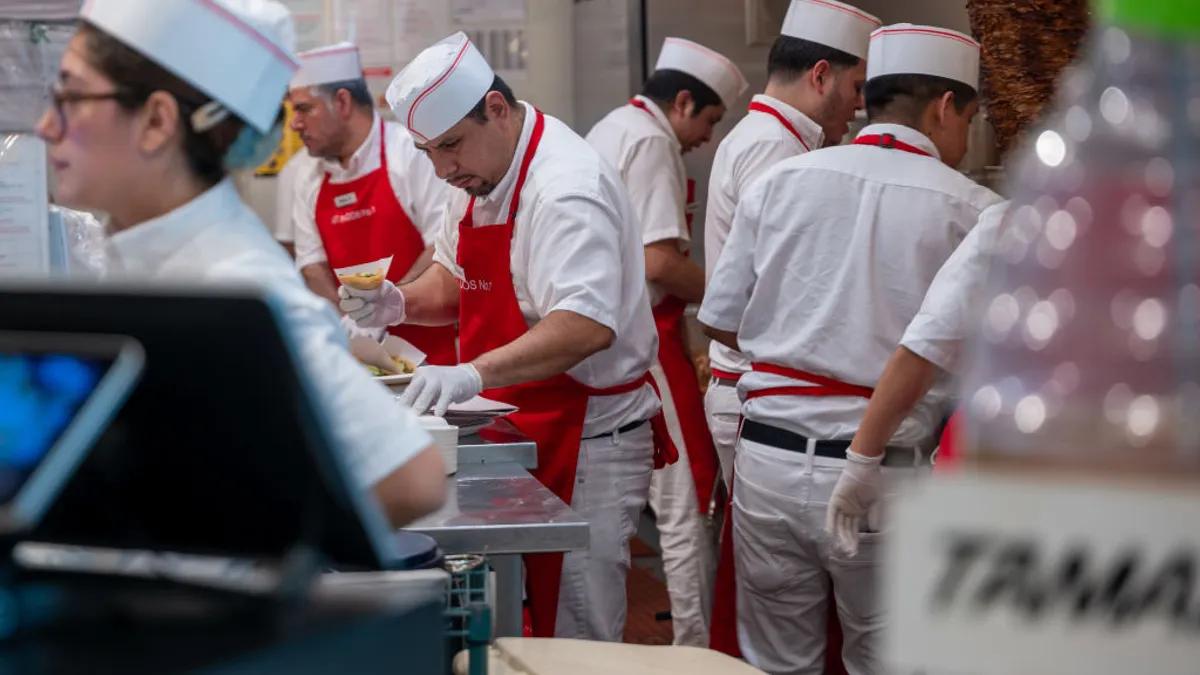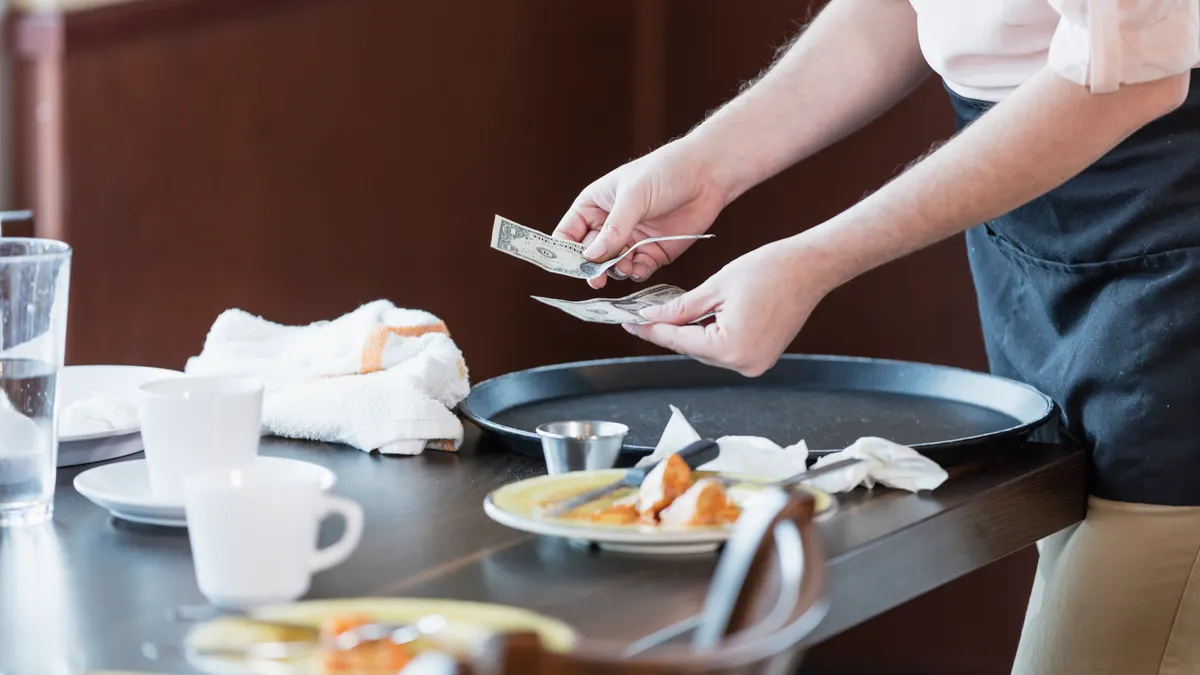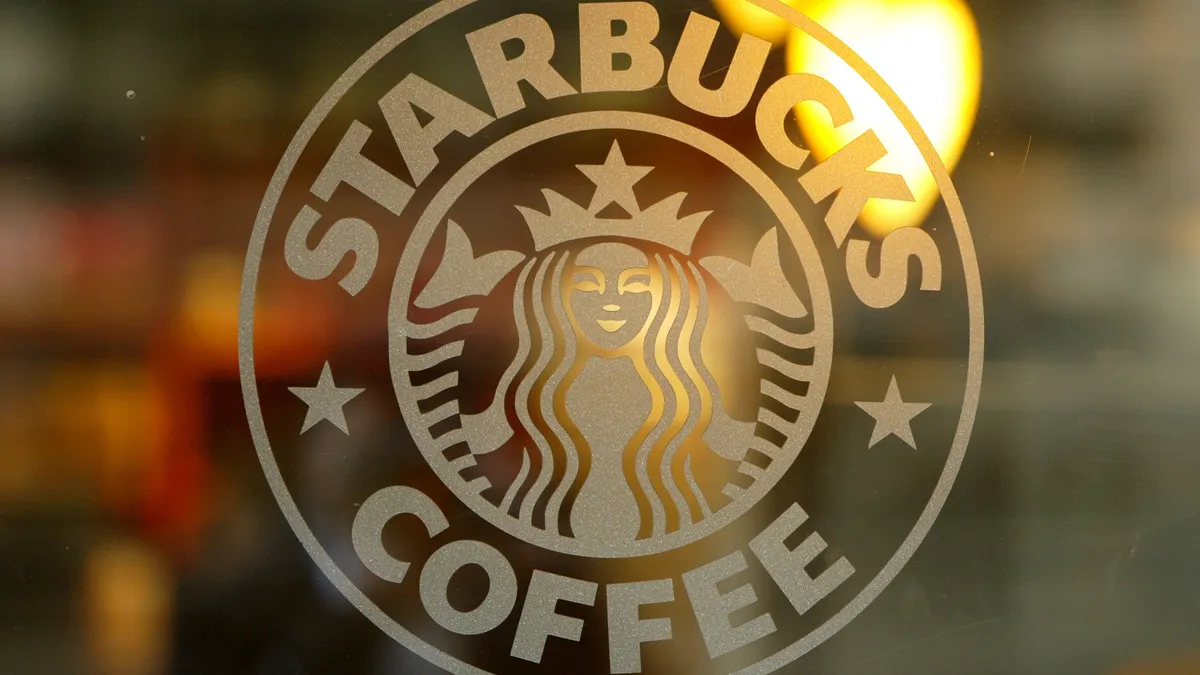The following is a guest post written by D. J. Costantino, senior content marketing manager at 7shifts.
Training is an undeniably important part of onboarding, as it directly shapes how new employees view the restaurant, the people they will work with and the job itself. But training isn’t just about instructing incoming hires on how to perform tasks; it’s also an excellent opportunity to share your restaurant’s culture and what makes it unique. Intentionality in this area sets the stage for a motivated and cohesive team that will contribute to your restaurant’s success.
Why training matters
It’s obvious to most restaurant leaders, but some gloss over the importance of the right training program in an effort to fill employment gaps fast. In case you’ve been tempted to skip over some of this front-end work too, keep in mind all of the repercussions that come with failing to train your team well, including:
- Mistakes and poor guest service
- Lack of cohesion among team members (due to not understanding core values and culture)
- Unfamiliarity with restaurant operations, product knowledge, and process knowledge
- Inconsistency, which leads to a poor customer experience
To prevent your team from falling prey to these problems, invest in training that will set them — and your restaurant — up for success. Here are some ways to do this.
Find the sweet spot for your training’s duration: Most restaurant employees surveyed by 7shifts preferred training to last between one and two weeks, with some wishing it could last less than one week. One quarter of respondents expressed wanting to jump right into work, which is likely caused by a desire to start earning wages and tips more quickly, as they would in the gig economy.
However you design your training program, keep this urgency in mind and ensure your training period is short and efficient, never lasting more than two weeks.
Remember that in-person training takes the cake: Restaurant employees greatly prefer in-person training. When it comes to mentorship, 70% prefer hands-on training programs from managers, and 44% list shadowing senior employees as their ideal training method.
Emphasize visual training: Piggybacking off the note above, restaurant employees tend to be visual learners, reflected by 28% of survey respondents saying that training videos are among their favorite methods. Contrast this against the mere 18% who listed reading training material as their preferred way to learn, and you can see that the more visual, entertaining practices make a bigger impact and are more likely to be consumed willingly.
Be clear about what’s ahead: While surprises in life can be exciting, they tend to be less desirable in the workplace. To that end, new employees should be able to see the whole training roadmap they’ll be following, so they know what they’ll be expected to learn in advance.
Start by providing a restaurant staff training manual to new staff . Beginning in this way creates the impression that you take each individual’s role and career development seriously.
In the manual, include your vision for the restaurant and provide tips on how your team members can improve their own foodservice skills. This puts trust and responsibility in their hands from day one. It also helps to prevent staff turnover, which eats into profitability and manager time.
Don’t let training fade into the background: While your most comprehensive programs will be presented before new hires begin their work, it’s not a one-and-done situation. For best results, plan to offer future training opportunities that refresh the concepts presented in the initial sessions and also help seasoned staff update their skills with new techniques and information.
For example, if there is a menu or season change, communicate it to all staff members through a new training. Be sure to schedule consistent meetings as well, simply to ask for feedback from staff about how they feel working for your restaurant, parts they love, and aspects they would like to improve upon. This gives everyone a sense of ownership and a chance for their voice to be heard.
Prioritize training benefits today and tomorrow
Having a plan and consistently delivering effective training for new employees helps set the right expectations, gets them up to speed so they can contribute to the restaurant’s success sooner and can ultimately reduce turnover. And of course, training should continue on a regular basis for every member of the team. Managers should regularly be updated on the latest developments in the restaurant industry, and employees should be offered opportunities to learn new skills or refresh existing ones as needed.
By placing a focus on effective training, employees will feel confident in their work and that will shine through to customers. When training is done right, it can result in happy employees, happy customers and a healthy restaurant





















